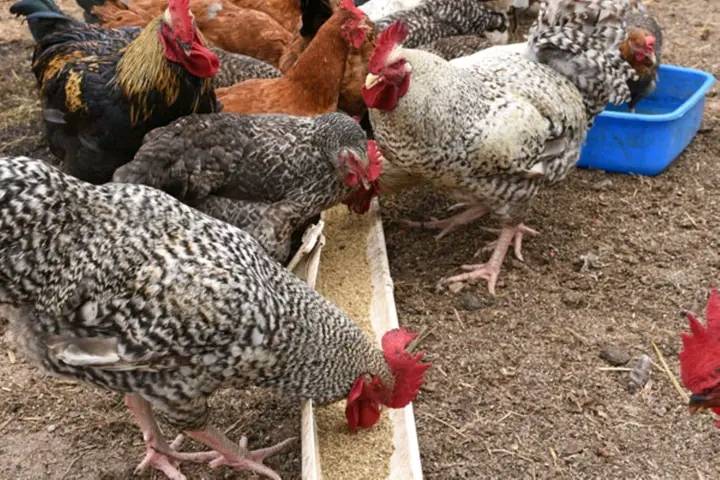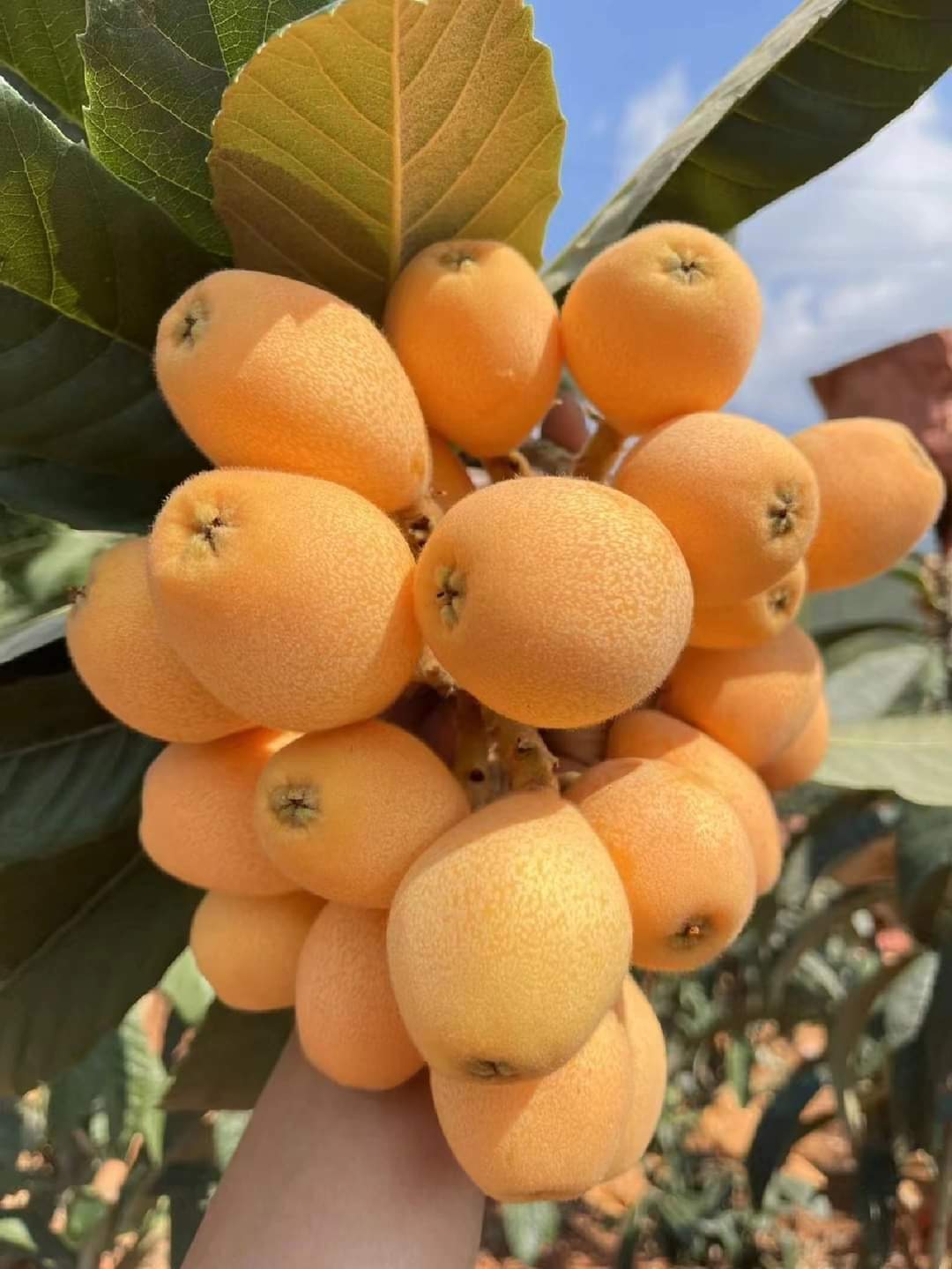Why starts strawberry farming?
- There is a high demand for the strawberry leaves, which are an important component of bouquets due to their beautiful shape and sweet scent.
- Strawberries’ gardening is a golden opportunity for the youth in Kenya for self-employmentand livelihood improvement.
- Strawberries are easy to grow, require minimal land and thrive well in a wide range of temperatures ranging from mild to hot.
- Strawberries have shallow roots, so it is easy to grow them in pots, both indoors and out. You can place your strawberry plants on a balcony, patio, or indoors in front of a sunny window.
- They are early maturity and a long bearing period
- They have market and demand both for export and locally
- They require little input investment
Land Preparation
-
- Double digging is recommended to break the hard pan and improve soil structure.
- Beds should be one (1) meter wide by any desirable length with a path of 50cm wide between beds.
-
- 2 Incorporate 15kg of well decomposed manure per meter squared.
- Level the beds using a rake, and water the whole bed in preparation for planting.
- The bed preparation should be done one month prior to planting.
- The crop grow well in warn to hot climate and does not tolerate freezing
- Avoid growing strawberries onland where susceptible to verticillium wilt a viral disease controlled through crop rotation grew the previous season e.g. tomatoes, capsicums, egg plant
Chandler Strawberry:
Characteristics:
-
- The vigorous and high-yielding variety
- Chandler strawberry plants produce very desirable strawberries.
- Chandler strawberries are very large and firm
- Produce within 60 -75 days.
- The strawberries vary from being long and wedge-shaped to large and conical.
- They are a brilliant red color, glossy, and have an exceptional flavor
- Chandler strawberries are good for eating fresh or shipping and are very good for freezing.
- They are, however not the best for processing.
Douglas Strawberry
Characteristics:
- Vigorous plant, clear foliage and semi-erect habit.
- Great fruits, of elongate conical shape and orange red colour.
- Firm flesh, red-coloured with pink centre, good taste and resistance to transport damages.
- High yielder.
Aiko Strawberry
Characteristic
- Uniform, large, long fruit, of conical shape, with a pointed end
- firm flesh, pale red colour, slightly sweet
- very resistant to transport
- High yield.
Pajaro Strawberry
Characteristic
- It is short day variety that has a symmetrical shape
- colour and flavor.
- It is late maturing,with low production hence not popular.
Fern Strawberry
Characteristic
- It is a day neutral variety that is high yielding with firm skin and sweet berry.
- Good for fresh market and processing.
- Cambridge Favourite Strawberry
- Characteristic
- Produces many runners
- small sized berries that are sweet
- Resistant to most diseases.
Propagation and planting

Strawberry Split for planting

Strawberry runner for planting
Strawberries are vegetative propagated through splits and runners. Splitting is the most common method used to propagate strawberries. Seeds are rarely used because most are not viable, and the few that are viable take a long time. Before planting work the soils so that there is deep and a reasonably loose planting bed.
Splits treatment:
- Trim the leaves
- Trim the roots
- Dip the split in a fungicide solution for 24Hr prior to planting e.gridomil, pearl, cotaf, master,etc to prevent fungal infections
- Prior to planting dip the split in clean water for 30 minutes.
Spacing:
Dig holes of approximately 7.5cm deep, 30cm between rows and 30cm between plants giving a plant population of 75,000 plants per Ha. Apply 2gms/hole of a recommended nematicidee.gmocap ,bionematode, nembedicine etc.
Planting:
- The crown is very short and will not tolerate deep planting.

- Roots should not be allowed to dry.
- The middle of the crown should be level with the top of the soil.
- Soil should be watered after planting to set the strawberry plants in the ground.
- Avoid watering plants directly. Drip irrigation works best
- After the initial watering, the soil will settle and the soil line should be even with the bottom of the crown as indicated in the picture.
Straw berries are easily potted and this is really important since it lowers on the space required to grow the crop
Weed Control/Field hygiene
At planting time, the soil should be weed free.
After planting, weekly cultivation is recommended to remove weeds when they are small.
Regularly remove all the diseased runners and leaves.
Fertilizer Application:
- Avoid planting with fertilizers to avoid dehydration of the splits, since the plant goes into dormancy for 14 days.
- Within the first month deflower the first flowers and the second flowers to prevent premature fruiting.
- After 30 days fix CAN 10gms per hole in between the plants.
- The second month, top dress with NPK 17:17:17, 10gms (1 tablespoon) per hole between the plants.
- Fertilizers should be used to maintain soil fertility and maximize plant growth and fruit production.
- Strawberry being a heavy feeder needs to be regularly boosted with foliar feeds e.geasy grow vegetative, flower and fruit, calcium to firm the skin of the fruit and to decrease fruit deformities.
- Strawberries are self-pollinating but cross pollination achieves a better yield.
- Do not over fertilizer or you will have excessive leaf growth and poor flowering.
Mulching:
- Mulching help conserve ground moisture
- Keep fruit clean and adds humus to the soil.
- Avoid placing mulch when the plant is too young.
- Wheat straw or hay can be used for strawberry mulch.
- Do not use black plastic since it will raise the soil temperature and optimal fruit production requires cool soil.
Prunning:
During the cold and rainy season the strawberries go into a rest period. At this stage all old and diseased leaves are removed off the plant to reduce infection from diseases or pests increase aeration and allow re-growth of foliage.
Removed leaves should be collected and burnt outside the field. Cut off runners regularly except for those needed for planting. One or two runners can be rooted for the next planting. After seven month thin the plants to leave the mother and three daughters. The thinning can be established elsewhere.
Irrigation:
- In the first month of establishment water daily in the evening for 30 days.
- This will help in root establishment and initial vegetative growth.
- From the second month onwards, after applying mulch, water twice or thrice a week depending on the weather.
- Best method of watering is through drip, watering can or low pressure hose pipe.
- High pressure sprinkler cause flower abortion, fruit bruises and contributes to fungal diseases on the leaves.
Maturity and Harvesting
- Maturity of strawberries is a function of the temperatures prevailing during the growth period.
- The warmer the temperature the faster the maturity.
- Maturity period ranges from 75 – 90 days depending on the variety.
- Berries should be picked when they are completely ripe or half ripe.
- All ripe berries should be picked otherwise they become overripe or rotten by the next picking.
- \Avoid crushing the fruits at picking.
- This can be achieved by use of a clean and firm container.
- Pre cool the fruits to avoid dehydration and deterioration.
- For fresh market the strawberries are sold in punnets (250 gms) or in weight basis.
- Strawberries deteriorate rapidly after harvest.
- Pick fruits every two days as fruits ripen quickly.
- Deterioration can be slowed down by pre- cooling the berries and storing at temperatures below 40centigrade.for the small scale farmer use a charcoal cooler.
Post-harvest handling
Sorting – done in the field and involves the removal of damaged and misshapen and dirty fruits. Remove all the fruits without a calyx.
Pre – cooling-This is done to remove the field heat, to minimize deterioration. At small holder level, farmers can use charcoal coolers. For distance markets, forced air pre-cooling will be necessary.
Grading

The fruits are graded into different sizes for marketing. According to the shape and the size.
1st grade: 6 – 9 fruits per punnet.
2nd grade: 15 – 25 fruits per punnet
3rd grade: 28 – 32 fruits per punnet
Under sizes can be processed into jam or juice.
Packaging
Strawberries are packed into the punnets in readiness for the market. NB: avoid washing the fruits in the packhouse since it destroys the skin and hastens deterioration.
Yields 
An average yield of 25,000 kg/ha can be achieved in the first year and 18,750 and 12,500 in the second and third year respectively. The plants should be renewed by the end of the third year.
Value addition
Straw berries can be processed and converted into other useful products as a way of value addition. making jam, making juice
Credit: http://www.farmlinkkenya.com/strawberry-farming/





